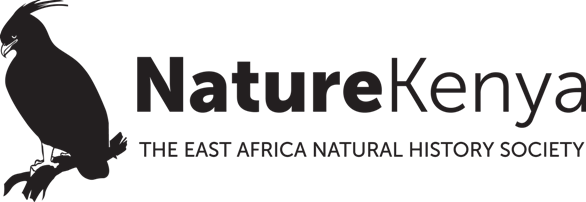Extending to the lower southeast slopes of the Aberdare Mountains and the far southwest of Mount Kenya forest in Nyeri, is the Mukurwe-ini valleys Important Bird Area (IBA) and Key Biodiversity Area (KBA). Mukurwe-ini valleys are home to the Hinde’s Babbler (Turdoides hindei), a globally threatened and range-restricted bird species found only in Kenya.
Covering an estimated area of 110,000 Ha, the valleys predominantly occur in privately owned lands, mainly comprising small-scale coffee and subsistence crop farms. Apart from the Hinde’s Babbler, Mukurwe-ini valleys also host more than 315 plant and 265 bird species, among other taxonomic groups. The valleys comprise vegetated stream and river courses and dense thickets dominated by the invasive Lantana camara plant. The thickets provide a suitable habitat for the Hinde’s Babbler.
Owing to the unprotected status of the Mukurwe-ini valleys KBA, the Hinde’s Babbler population there is severely fragmented and continuously declining due to changes in land uses.
Threats facing the KBA and its biodiversity include habitat loss, human disturbance, agrochemical pollution, lack of awareness among community members, poverty leading to pressure on existing resources and climate change. Human population increase in the area has augmented land use, resulting in the clearing of the Hinde’s Babbler’s habitats for agriculture. Currently, there is no government strategy in place to enhance the conservation of this ecologically valuable KBA.
The Mukurwe-ini valleys are of great aesthetic, cultural and religious importance to the local communities. These valleys host famous Mau Mau caves, beautiful waterfalls, traditional Kikuyu homesteads and indigenous bushes treasured for their herbal medicines. The valleys’ ecotourism potential is immeasurable. Their scientific value is equally great, affirming the need to protect and cherish the KBA. Wajee Nature Park is currently the only protected site, and Hinde’s Babbler is the star attraction.
Mukurwe-ini Environment Volunteers (MEVO) is the KBA’s site support group (SSG). MEVO has been engaged in conservation activities at the KBA since its inception in 2004. The activities include site monitoring, advocacy and awareness creation. The SSG, with assistance from Nature Kenya and National Museums of Kenya (NMK), has been conducting a bi-annual survey of the Hinde’s Babbler since 2004. MEVO also organizes volleyball tournaments during the annual environmental days to raise awareness for the conservation of Hinde’s Babbler. These tournaments draw teams from local schools, colleges and local communities.
